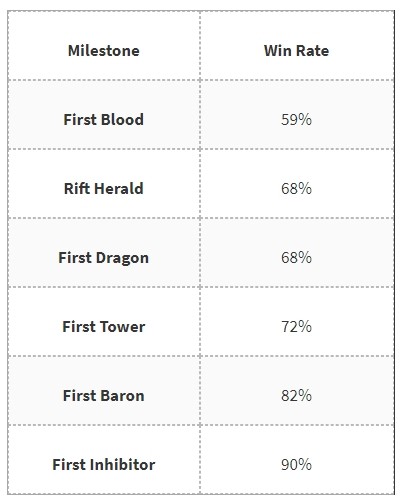Metabolic engineering of Deinococcus radiodurans for pinene
Por um escritor misterioso
Descrição
Background The objective of this work was to engineer Deinococcus radiodurans R1 as a microbial cell factory for the production of pinene, a monoterpene molecule prominently used for the production of fragrances, pharmaceutical products, and jet engine biofuels. Our objective was to produce pinene from glycerol, an abundant by-product of various industries. Results To enable pinene production in D. radiodurans, we expressed the pinene synthase from Abies grandis, the geranyl pyrophosphate (GPP) synthase from Escherichia coli, and overexpressed the native 1-deoxy-d-xylulose 5-phosphate synthase. Further, we disrupted the deinoxanthin pathway competing for the substrate GPP by either inactivating the gene dr0862, encoding phytoene synthase, or substituting the native GPP synthase with that of E. coli. These manipulations resulted in a D. radiodurans strain capable of producing 3.2 ± 0.2 mg/L pinene in a minimal medium supplemented with glycerol, with a yield of 0.13 ± 0.04 mg/g glycerol in shake flask cultures. Additionally, our results indicated a higher tolerance of D. radiodurans towards pinene as compared to E. coli. Conclusions In this study, we successfully engineered the extremophile bacterium D. radiodurans to produce pinene. This is the first study demonstrating the use of D. radiodurans as a cell factory for the production of terpenoid molecules. Besides, its high resistance to pinene makes D. radiodurans a suitable host for further engineering efforts to increase pinene titer as well as a candidate for the production of the other terpenoid molecules.
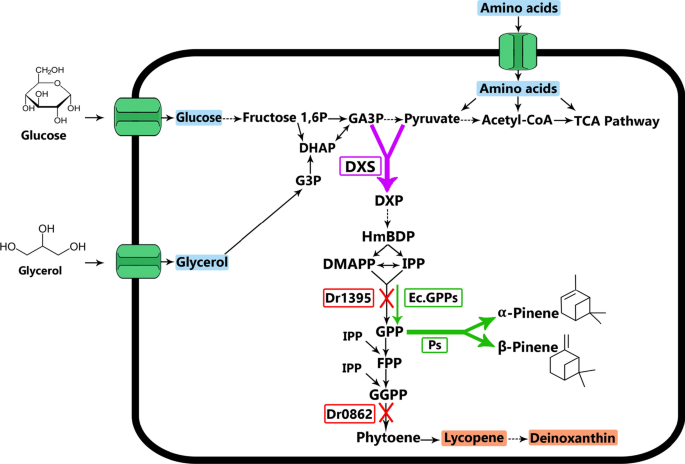
Metabolic engineering of Deinococcus radiodurans for pinene production from glycerol, Microbial Cell Factories

Microbial tolerance in metabolic engineering - ScienceDirect

Bacterial Production of Pinene by a Laboratory-Evolved Pinene-Synthase
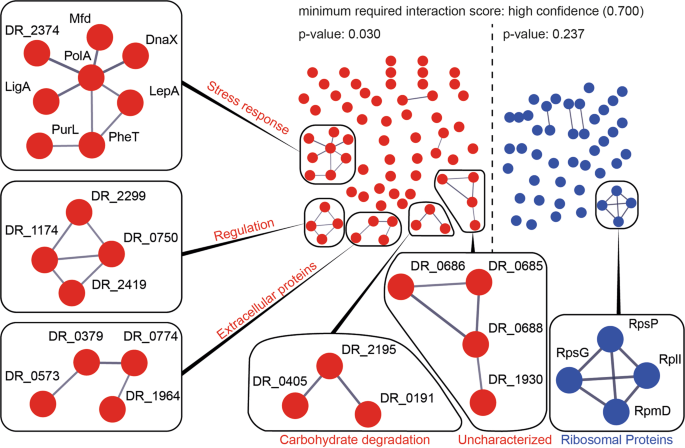
Molecular response of Deinococcus radiodurans to simulated microgravity explored by proteometabolomic approach

ITQB Relatorio Anual 2014 by ITQB UNL - Issuu

PDF) (Volume 2) Plant Secondary Metabolites, Volume Two Stimulation, Extraction, and Utilization

Carsten Jers — Welcome to DTU Research Database
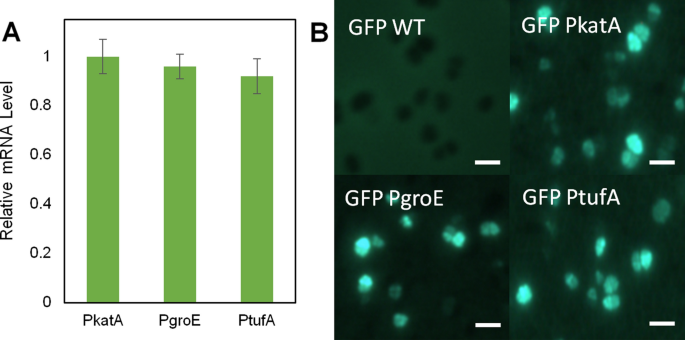
Metabolic engineering of Deinococcus radiodurans for pinene production from glycerol, Microbial Cell Factories

WO2012135591A2 - Microbial isoprenoid production using a heterologous dxp pathway - Google Patents

Exposure to Sub-lethal 2,4-Dichlorophenoxyacetic Acid Arrests Cell Division and Alters Cell Surface Properties in Escherichia coli. - Abstract - Europe PMC
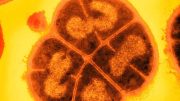
The Toughest Organisms on Earth: Evolution of Radio-Resistance Is More Complicated Than Previously Thought

Accumulation of Mn(II) in Deinococcus radiodurans Facilitates Gamma-Radiation Resistance

PDF] Metabolic Engineering of Deinococcus radiodurans for the Production of Phytoene.
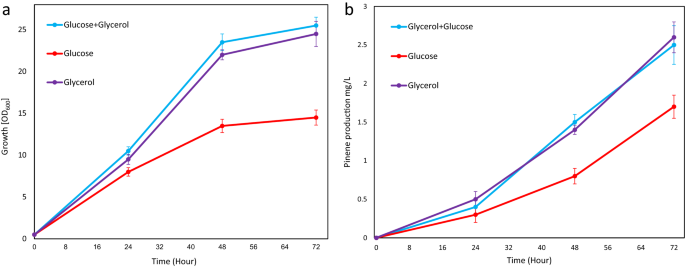
Metabolic engineering of Deinococcus radiodurans for pinene production from glycerol, Microbial Cell Factories
de
por adulto (o preço varia de acordo com o tamanho do grupo)





